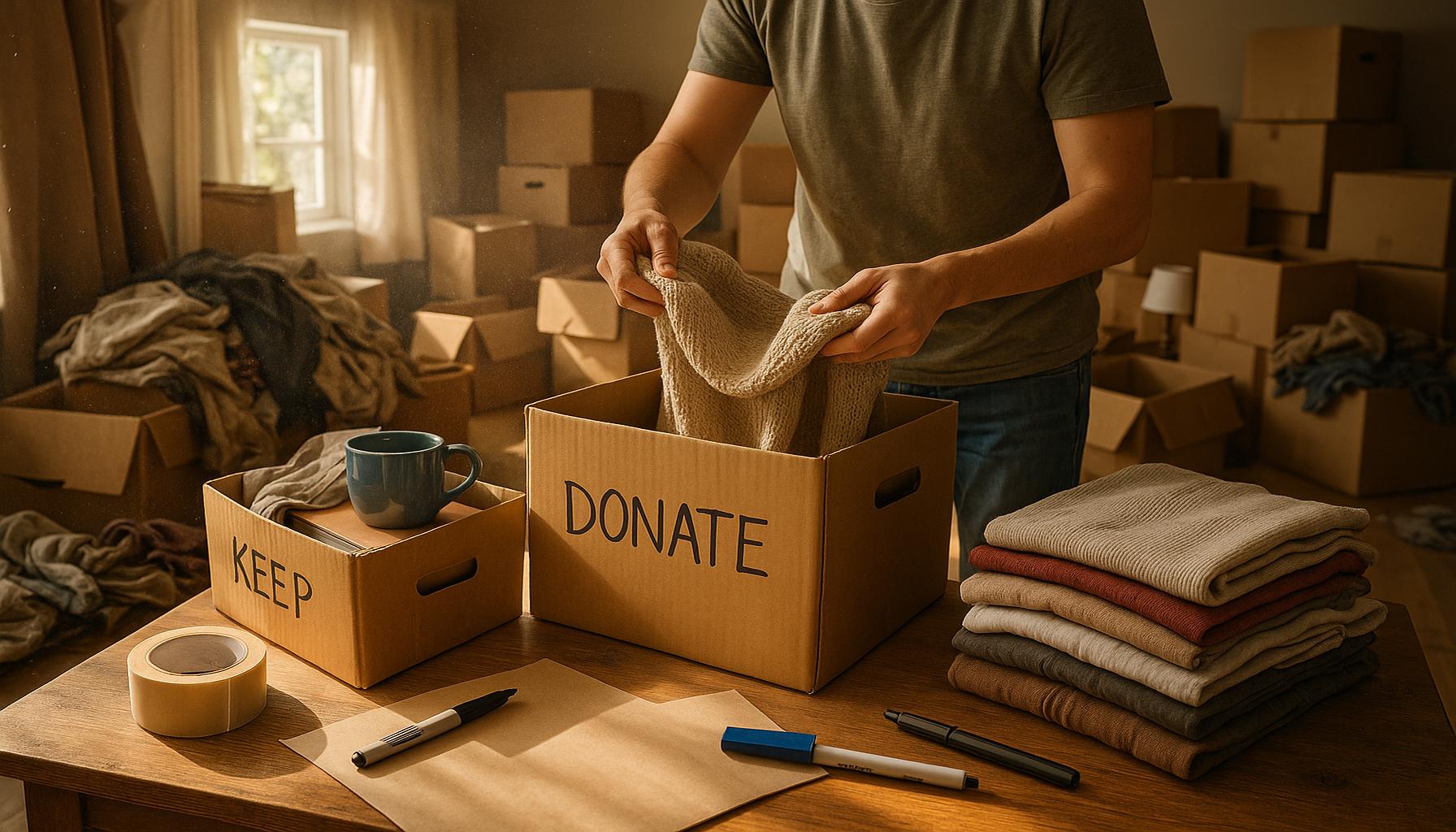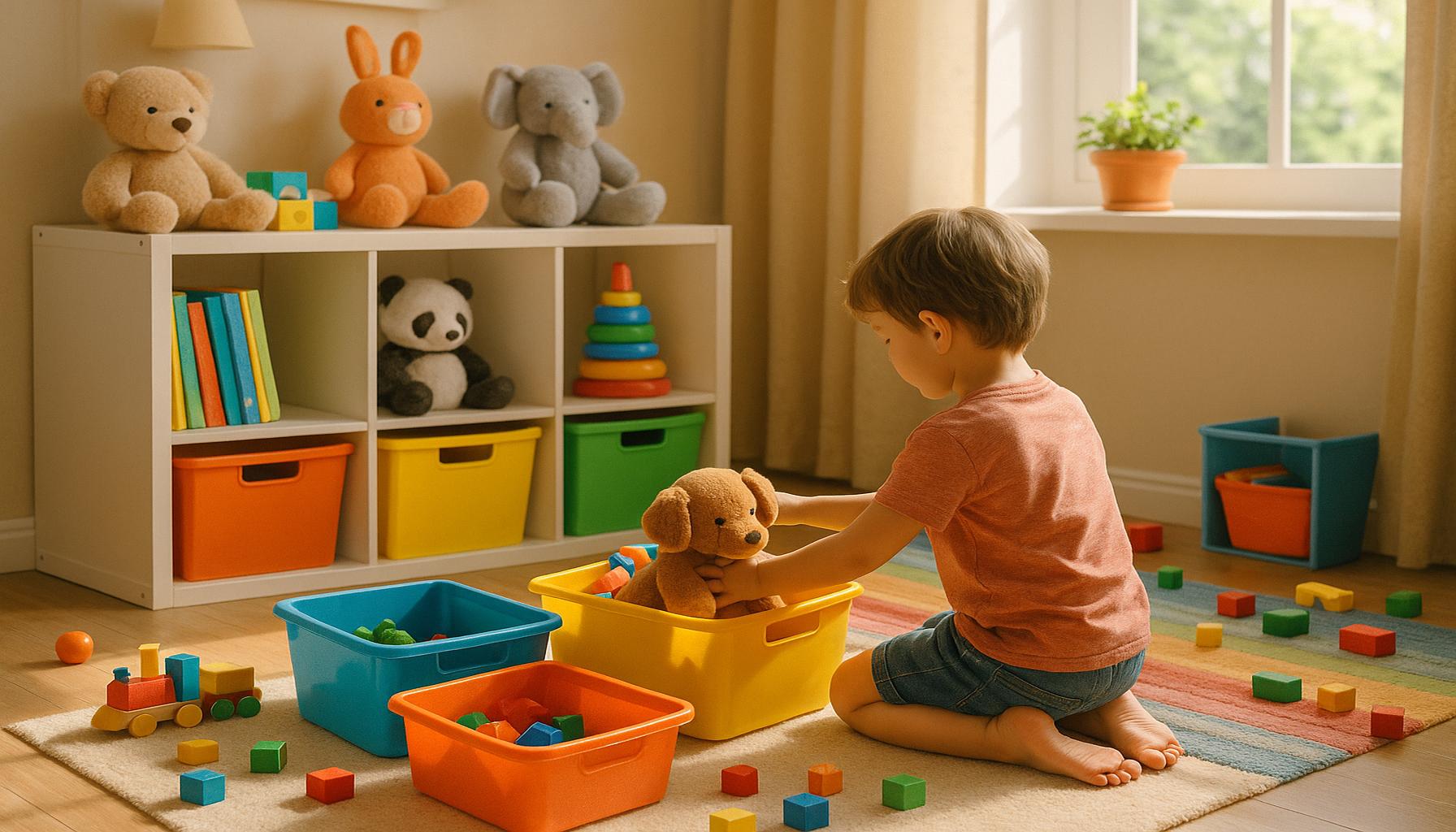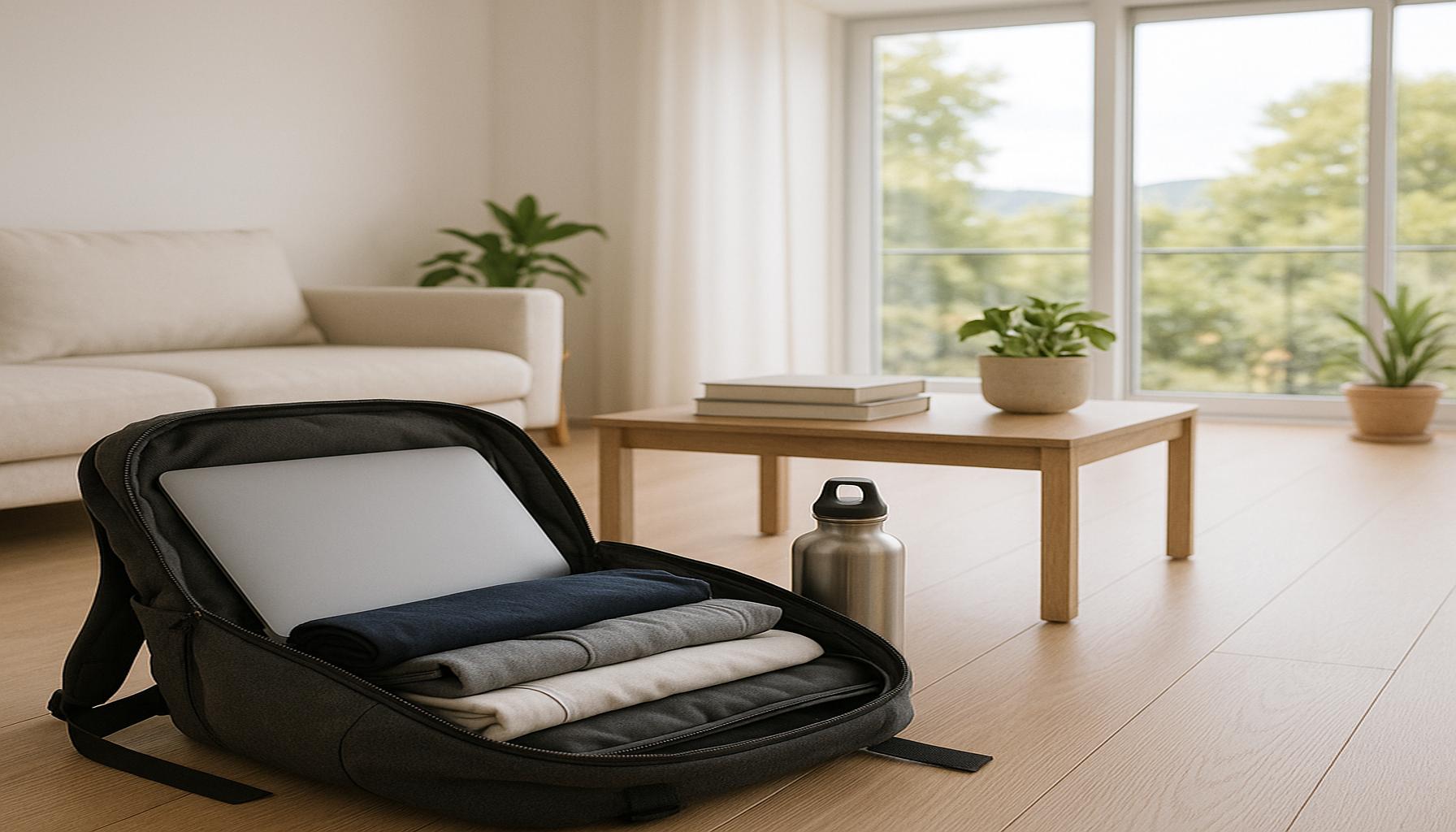The Journey of Decluttering: How to Start Reducing Clutter in Your Life
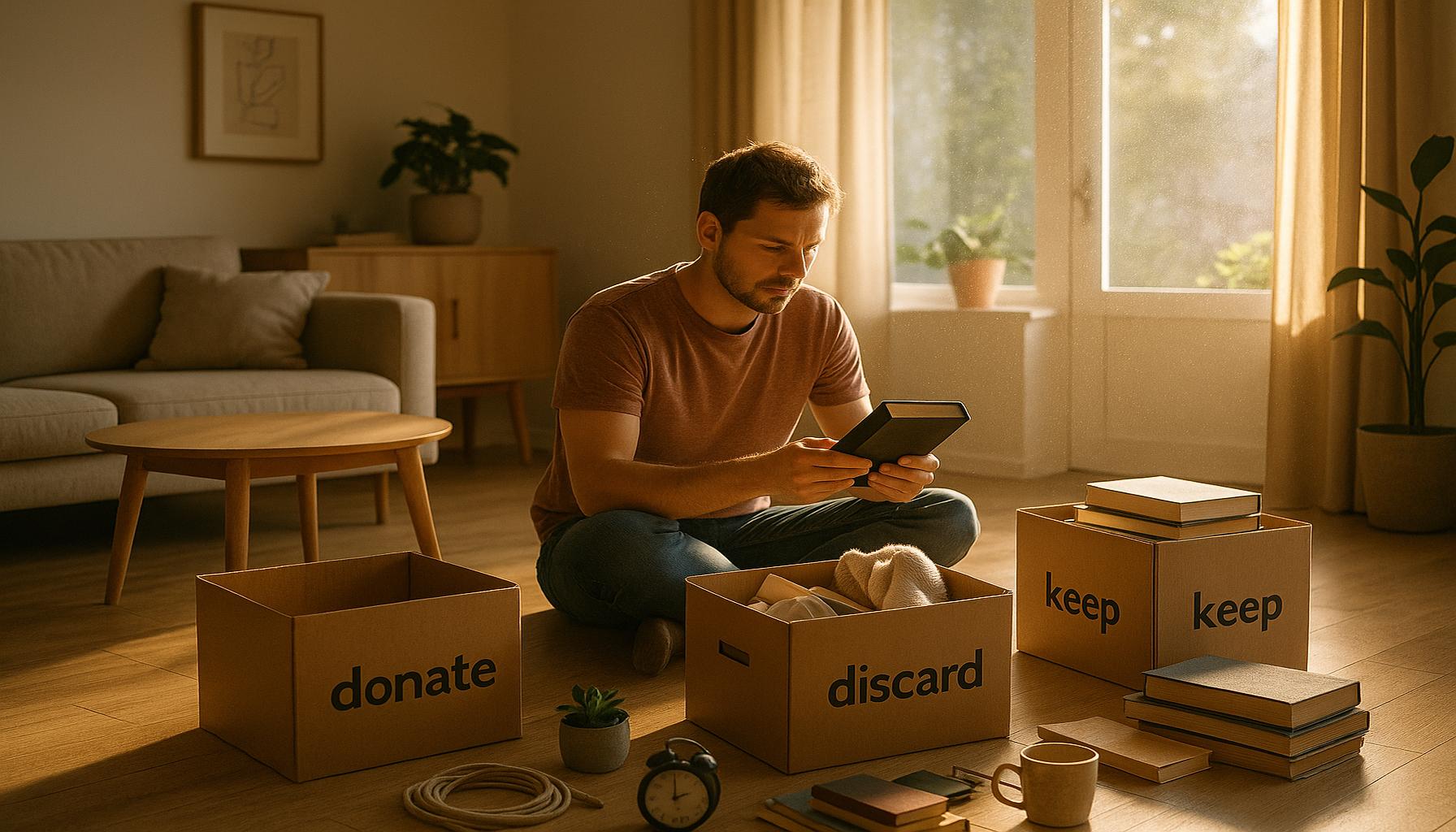
Understanding the Importance of Decluttering
In a world where consumerism thrives, the accumulation of items can feel overwhelming. Have you ever felt buried under mountains of possessions? You are not alone; countless individuals seek relief from the weight of clutter. This common struggle has led many to realize that the solution lies not just in cleaning, but in reassessing what we truly need.
Decluttering isn’t just a trend; it’s a transformative journey. Research shows that environments overloaded with items can lead to increased stress and anxiety. When we clear away the excess, we not only make our spaces more functional but also restore mental clarity. By embarking on this path, you can experience significant benefits:
- Increased productivity: Clear spaces foster focused minds. Studies have found that minimalistic work environments enable employees to concentrate better, potentially boosting overall output. Imagine sitting at a desk free from unnecessary papers and knick-knacks, allowing you to focus solely on your tasks.
- Enhanced creativity: Less clutter can lead to more innovative thoughts. A neat environment allows your mind to wander freely, generating new ideas without the distraction of unnecessary items. Artists and writers often find that an organized space serves as a catalyst for creativity.
- Stress reduction: A tidy environment contributes to a calmer mind. Psychological studies indicate that individuals in cluttered spaces often feel overwhelmed, leading to increased cortisol levels. On the other hand, a serene environment can promote relaxation and well-being.
Wondering where to start? Here are some practical steps to initiate your decluttering process:
- Assess your space: Take inventory of the items you own. Consider using a checklist to categorize possessions into what you need, what you love, and what you can donate or discard.
- Set realistic goals: Aim for small milestones to make the process manageable. For instance, focus on decluttering one drawer at a time rather than overhauling an entire room in one day.
- Prioritize categories: Focus on one area at a time, such as clothing or kitchen items. The popular KonMari Method encourages the idea of keeping only those items that “spark joy,” making it easier to part with things that no longer serve you.
As you embark on your decluttering journey, remember that it’s about more than just cleaning up. It’s a profound lifestyle change that leads to clarity and peace. The benefits extend beyond just your immediate space; many individuals report feeling a greater sense of control and purpose as they simplify their lives. Ready to uncover the joy of a simpler existence? Let’s delve deeper into the methods of achieving a clutter-free life and explore the profound impacts it can have on your mental well-being and daily productivity.
DIVE DEEPER: Click here to uncover more insights</p
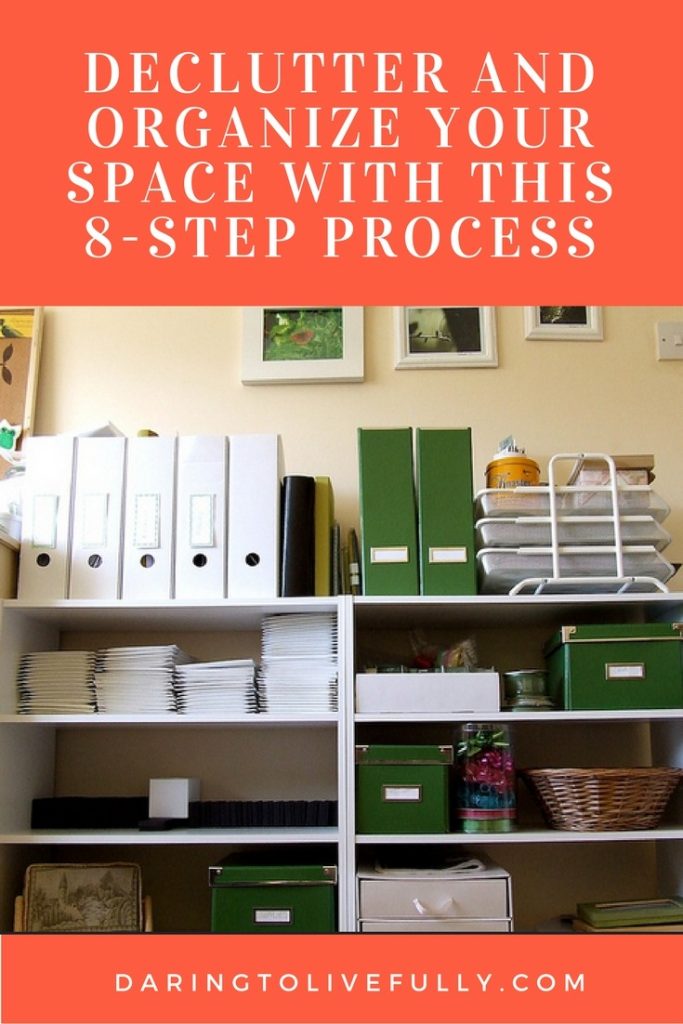
Taking the First Steps Toward a Clutter-Free Life
Embarking on the journey of decluttering can feel daunting, but the first steps are crucial in setting the stage for a more organized life. Many people find themselves overwhelmed at the thought of tackling disordered spaces, but understanding how to break the process down into manageable parts can help shift your mindset from anxiety to empowerment.
Before you dive into decluttering, it’s important to establish a few foundational principles. First, understand that decluttering is a personal journey; what works for one individual may not work for another. The goal is to uncover what resonates with you, creating a space that feels both functional and inviting. Here are some effective strategies to guide you as you begin:
- Start small: Select a single area to focus on, whether it’s a closet, a kitchen drawer, or a corner of your living room. By limiting your scope, you can achieve a sense of accomplishment quickly, which will motivate you to continue.
- Set a timer: Carving out even just 15 or 30 minutes a day can create a rhythm in your decluttering routine. Setting a timer helps you stay focused and prevents the process from becoming overwhelming.
- Incorporate the “Four-Box Method”: As you sort through your belongings, use four boxes labeled “Keep,” “Donate,” “Sell,” and “Trash.” This visual method provides a clear structure for decision-making, making it easier to let go of unnecessary items.
Additionally, it can be helpful to cultivate a positive mindset. Consider focusing on the potential benefits of a decluttered space rather than the difficulty of the task at hand. Acknowledge that every item you remove creates room for new experiences and opportunities. A study published in the journal “Environment and Behavior” supports this notion, revealing that individuals who engage in regular decluttering report higher levels of happiness and satisfaction in their lives.
As you begin to declutter, take time to reflect on each item’s purpose and significance. Ask yourself whether the item adds value to your life or merely takes up valuable space. This approach not only aids in decision-making but also helps cultivate a heightened sense of awareness about your possessions. Mindfulness can be a powerful ally in this process, helping you to make thoughtful choices rather than impulsive ones driven by nostalgia or habit.
Remember, the journey of decluttering isn’t solely about creating a neat environment; it’s about fostering a lifestyle that aligns with your values and priorities. As you peel away layers of clutter, you may uncover deeper insights about your consumption habits and the emotional attachments you hold toward certain items. Stay resilient and patient with yourself as you navigate through this process of transformation. The rewards—a clearer space, improved mood, and a heightened sense of control—await you at the end of the journey.
| Advantage | Description |
|---|---|
| Improved Mental Clarity | Decluttering can lead to significant improvements in mental health. By reducing visual chaos, individuals can enhance focus and decision-making skills. Clutter often leads to feelings of overwhelm, but a cleaner space can foster a calm mental state. |
| Increased Space and Accessibility | One of the most immediate benefits of decluttering is creating usable space. This makes rooms feel larger and more organized, allowing for better accessibility to essential items, which in turn leads to improved productivity and efficiency in daily tasks. |
DIVE DEEPER: Click here to enhance your organization skills
Building Lasting Habits for a Clutter-Free Lifestyle
Once you’ve begun your decluttering journey and made noticeable progress, the next challenge lies in maintaining a clutter-free environment. Consistency is key, and developing habits that prioritize organization will be essential for long-term success. Here are several strategies to help you cultivate a lifestyle centered around minimalism and intentional living.
Create a “One In, One Out” Rule: Establish a personal guideline where for every new item you bring into your space, you remove one existing item. This simple rule can significantly curtail accumulation and encourages mindfulness about your purchases. For example, if you buy a new pair of shoes, consider donating an old pair to a local charity. This habit promotes a thoughtful approach to consumption and helps curb the urge to hold onto unnecessary items.
Regular Decluttering Sessions: Just as you schedule oil changes for your car or dentist appointments for your health, incorporate decluttering sessions into your monthly calendar. Dedicating the last Sunday of each month to evaluate your belongings can keep clutter from creeping back into your life. During these sessions, revisit areas that tend to collect items—like the garage or attic—and give them a fresh assessment.
Utilize Storage Solutions Wisely: While storage solutions such as bins or shelves can aid in organizing your space, it’s crucial not to rely on them as a means of hiding clutter. Invest in high-quality storage that enhances the aesthetic of your home, and categorize items meaningfully. For instance, consider clear bins for seasonal decorations or fabric-covered baskets for everyday items. The visibility of your belongings not only inspires accountability but also fosters a sense of tranquility.
Digitize When Possible: In this digital age, consider converting physical items into digital forms wherever feasible. Scan important documents, store family photos in an online cloud service, or utilize apps for note-taking rather than keeping stacks of paper on your desk. Engaging in this practice not only minimizes physical clutter but also streamlines access to critical information.
Furthermore, it’s vital to develop an understanding of your personal triggers for clutter. Recognizing whether you tend to hold onto items due to sentimentality or habit can inform your decluttering decisions. Psychological research highlights the emotional ties individuals may feel toward certain belongings, making it challenging to release them. Reflecting on the reasons behind these attachments can help you address them more effectively and ease the decluttering process.
A critical aspect of sustaining a decluttered lifestyle is the commitment to ongoing education. Engage with reading materials, podcasts, or online communities focused on minimalism and decluttering. For example, Marie Kondo’s popular “The Life-Changing Magic of Tidying Up” has inspired many to reassess their relationships with their belongings. Keeping up with trends and resources can equip you with new strategies, keeping the declutter mindset fresh and vibrant.
Finally, remember that change takes time. Understanding that a clutter-free life is an evolving state rather than a one-time fix can help you build resilience against potential setbacks. Celebrate your progress, no matter how small, and remain open to learning throughout this rewarding journey of decluttering.
DIVE DEEPER: Click here to uncover the benefits of minimalism at work
Embracing a Clutter-Free Future
As we draw the curtains on our exploration of the journey of decluttering, it’s essential to recognize that this transformative process extends beyond simply organizing one’s physical space. A clutter-free lifestyle fosters not only a tidy home but also a serene mindset. By actively maintaining practices such as the “One In, One Out” rule, engaging in regular decluttering sessions, and prioritizing digitization, you set the stage for an enduring connection with a minimalist lifestyle that resonates with personal values and aspirations.
Moreover, acknowledging your emotional attachments and learning to navigate them can provide profound insights into your relationship with belongings. Understanding your unique triggers for clutter will empower you to make informed decisions on what to keep and what to let go. Consider joining thriving communities centered around minimalism; these platforms often offer fresh perspectives and encouraging narratives that can inspire your decluttering path.
In summary, reducing clutter is not merely a task but rather a journey of self-discovery and liberation. Consistency and patience are vital as you embark on this ongoing adventure. Celebrate every success, and remember that each step—no matter how small—brings you closer to a life enriched by intentionality and simplicity. So, take that first step today, and let the journey to a decluttered life begin!
